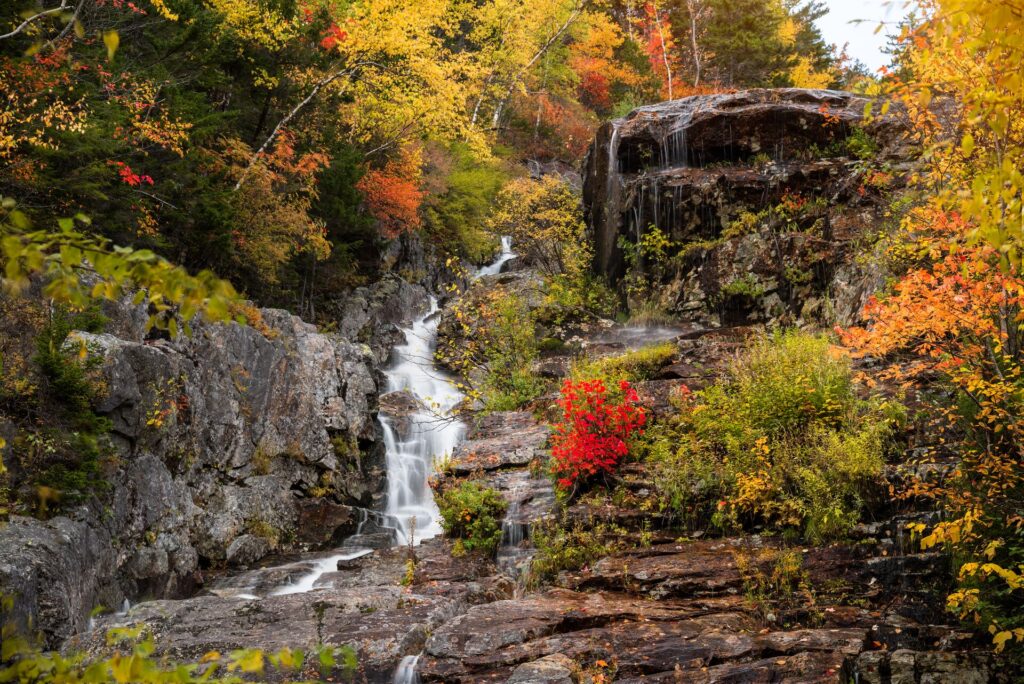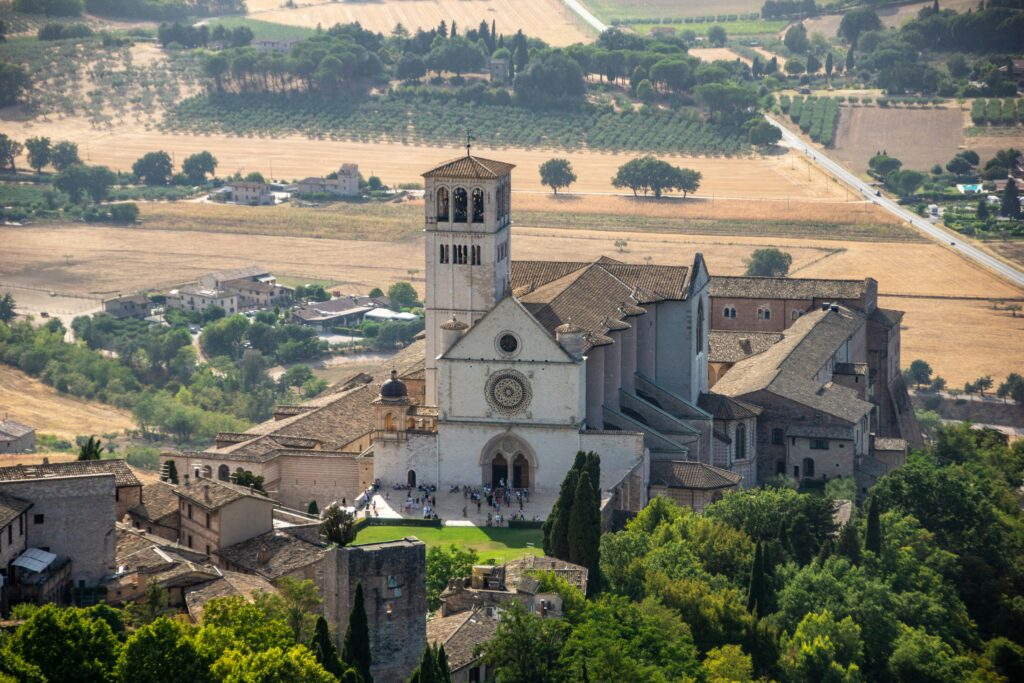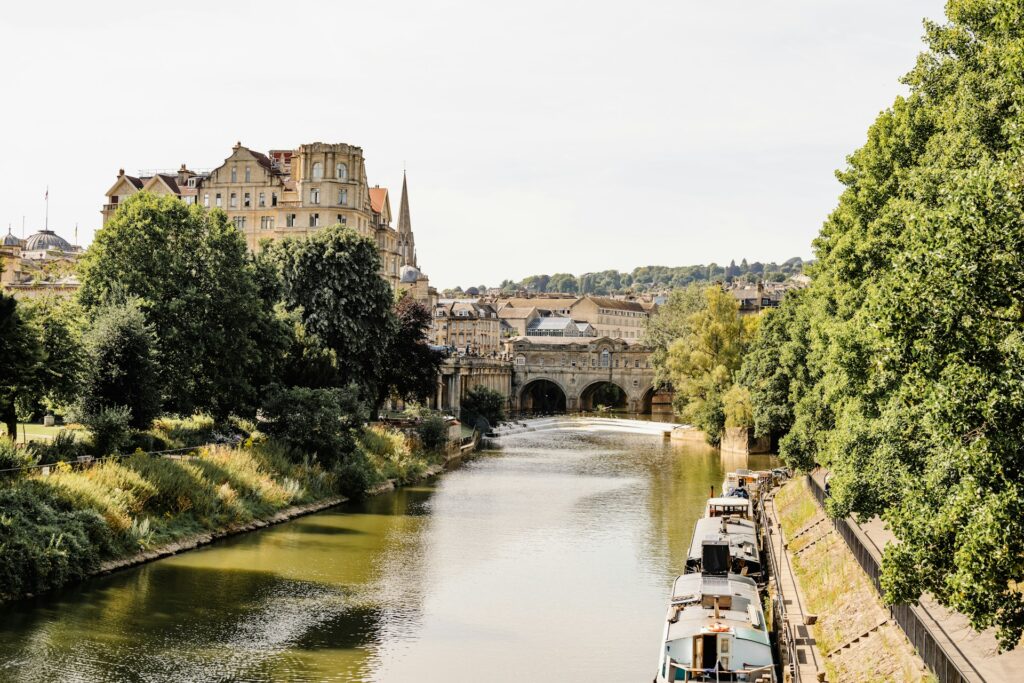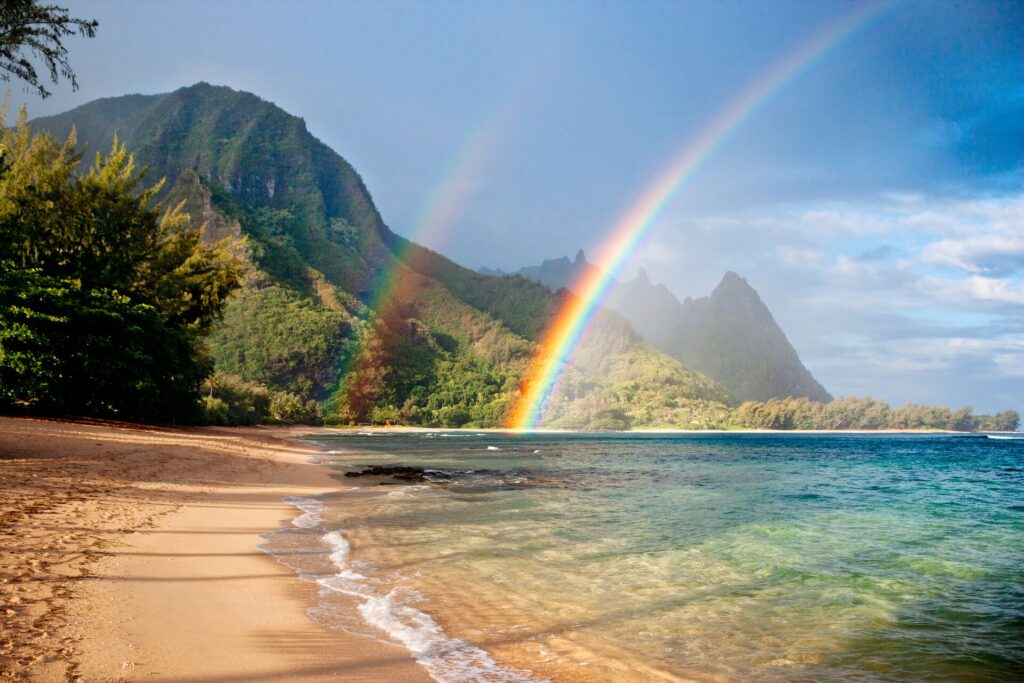There are few spectacles more awe-inspiring than the great animal migrations that play out across the globe. These incredible journeys, often covering thousands of miles, are natural wonders that inspire us to learn more about our fascinating world. Get ready to delve into the world’s most impressive animal migrations, uncovering the where, when, and how of these remarkable feats of the animal kingdom.
The Monarch Butterfly Migration
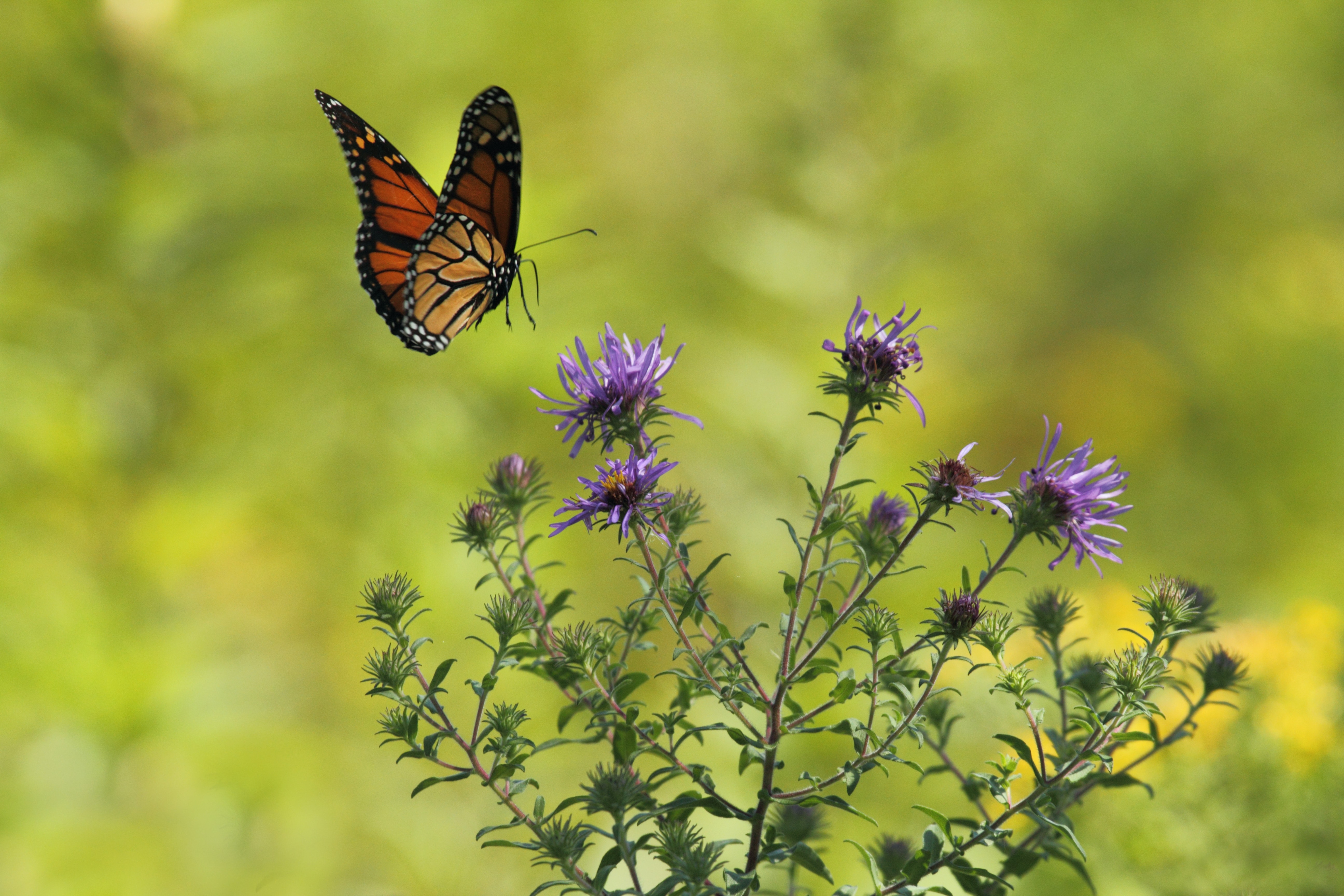
Location: North America
When to Witness: Late summer to early autumn
Did you know the Monarch is the only butterfly that undertakes a two-way migration, like birds do? Named “one of the most spectacular natural phenomena in the world”, they journey across North America to and from the West Coast of California and mountainous sites in Central Mexico. Monarchs can’t endure the harsh winters like other butterflies, who overwinter as larvae, pupae, or as adults. Instead they migrate, following their innate sense of environmental signals. Using both air currents and thermals, they traverse extensive distances of up to 3,000 miles to reach their winter sanctuary. Each generation plays a unique role in the journey, and it takes up to four generations to complete the round trip from North America to Mexico and back.
The Great Wildebeest Migration
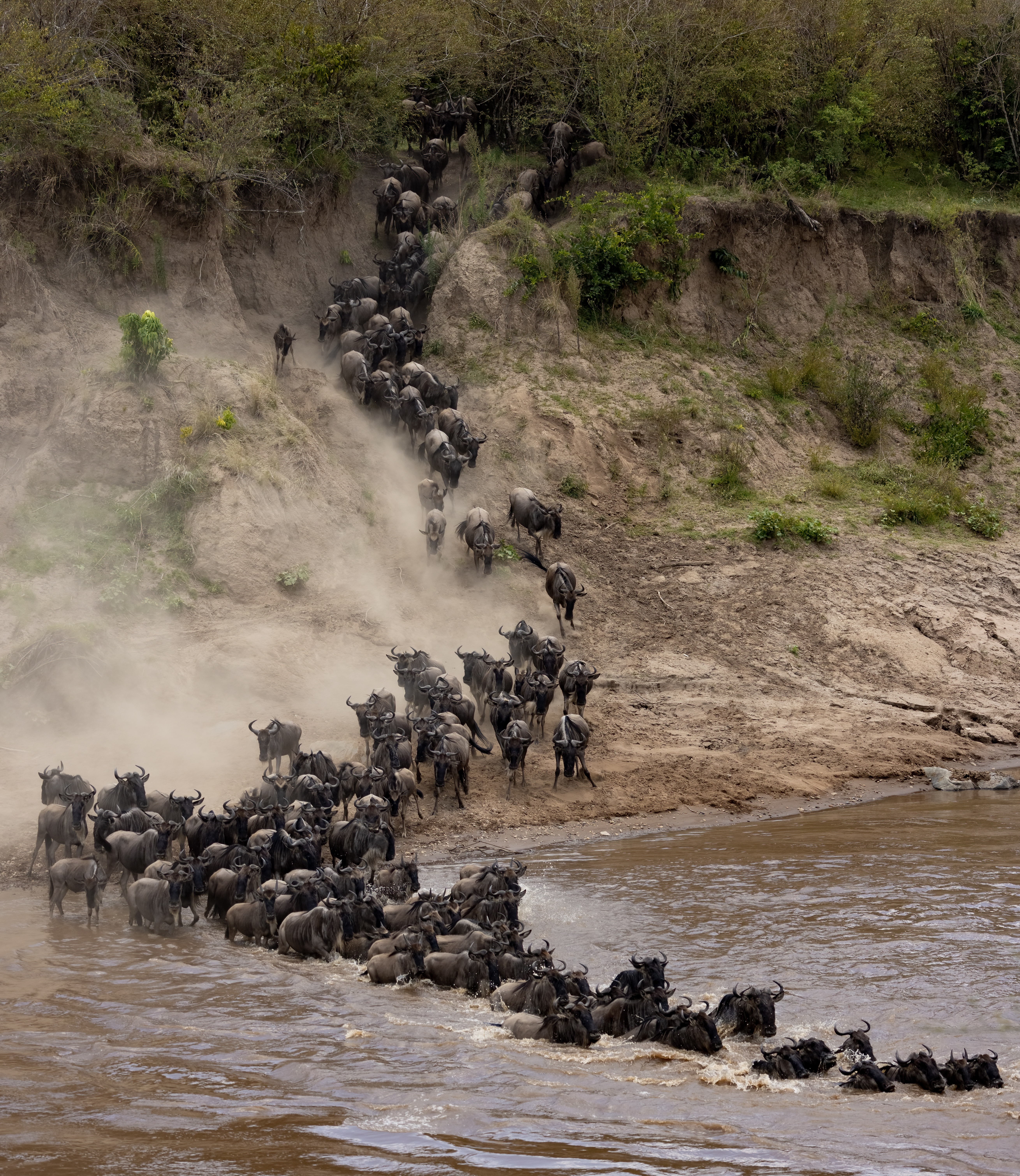
Location: Serengeti (Tanzania) and Maasai Mara (Kenya)
When to Witness: July to October
For the majority of its life, the Wildebeest of southeastern Africa grazes within the grassy savannas and open woodlands of the Serengeti plains. However, every year, more than 1.5 million wildebeests partake in a colossal migration northwest to follow the seasonal rains in search of nutritious grass and water. This is renowned as one of the “Seven Natural Wonders of the World.”
However, this quest is not without its perils. Hungry predators (think lions, leopards, cheetahs, hyenas, and more) begin their hunt, turning this natural spectacle into ‘the greatest show on Earth’ where only the strongest survive.
You may also like: A five-stop guide to the Galapagos Islands
The Red Crab Migration
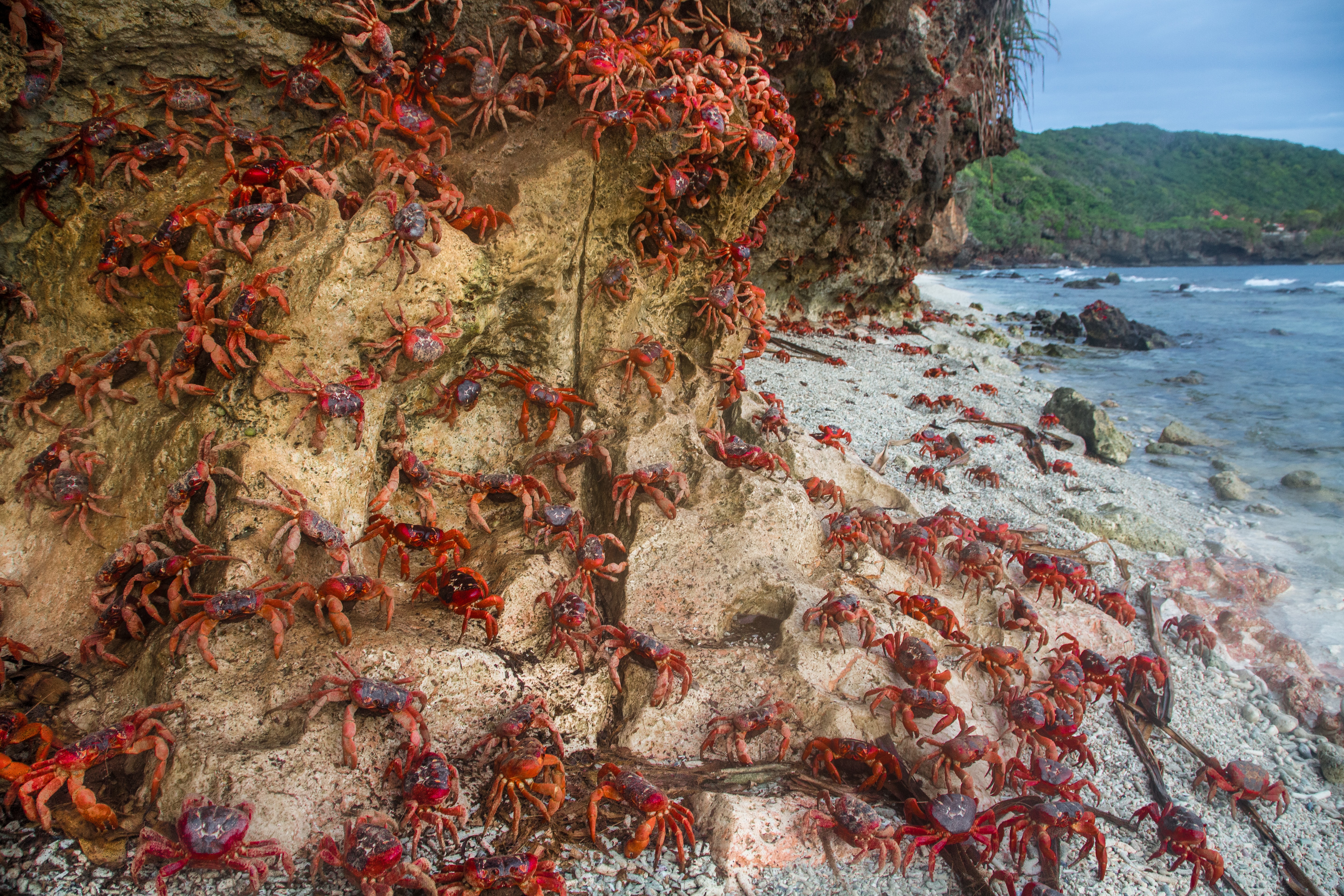
Location: Christmas Island, Australia
When to Witness: Late October to early December
Red crabs are indigenous to Christmas Island, in Australia. An astonishing population of over 120 million inhabit the rainforest floor, found in the center of the island. It’s usually so hard to find them as they hide out in soil burrows or deep rock crevices, seeking shade throughout most of the year. But in October, as the wet season approaches, they migrate in swathes to the coast to spawn, in sync with both the lunar cycle and tidal patterns. It’s a remarkable display of synchronicity, with millions of crabs on the move, often requiring road closures to protect them.
The Arctic Tern Migration
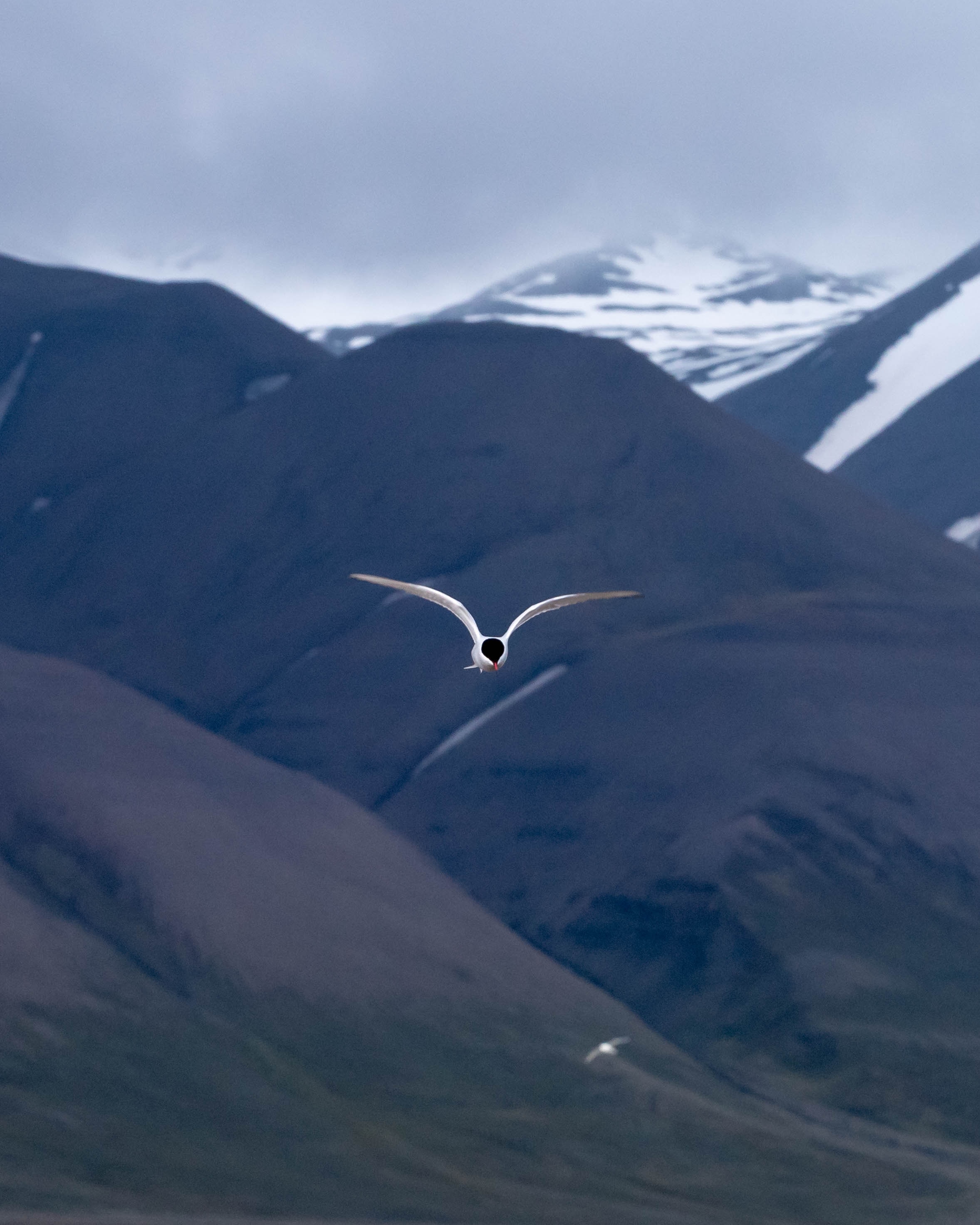
Location: Arctic to Antarctica
When to Witness: Spring and autumn
The water-loving Arctic Tern hatches in the Arctic Circle, the northernmost region of the Northern Hemisphere, during the summer. When the bitter Arctic winter sets in, they journey southward, tracing the path of the summer season all the way to the Antarctic Circle on the opposite side of the Earth. At 44,000 miles each way, totaling 88,000 miles annually, this is the longest migration of any bird one of the longest journeys undertaken by any creature on our planet.
The Elephant Seal Migration
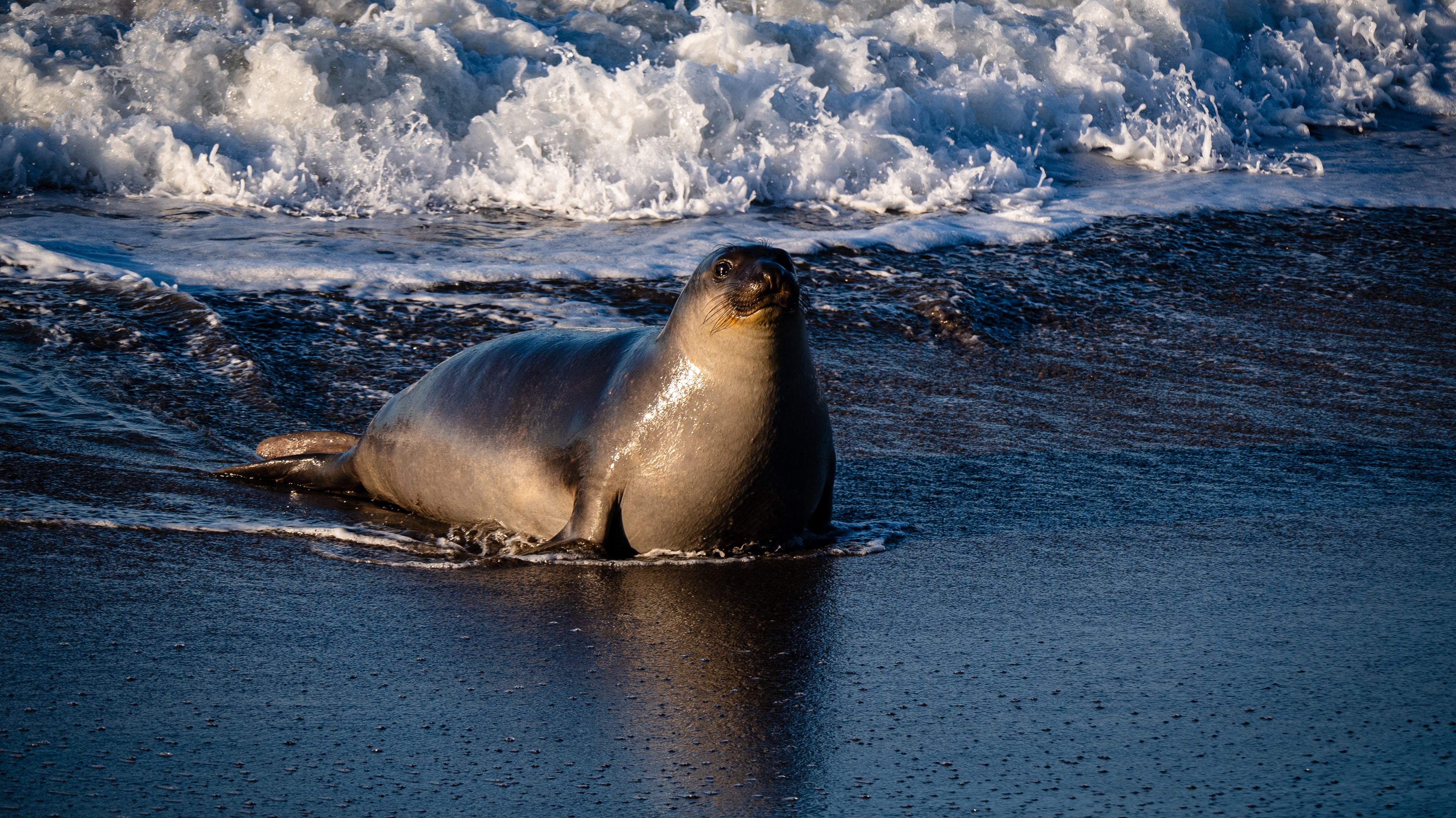
Location: California coast
When to Witness: December to March
Northern elephant seals, living on the Californian coast, undertake two annual migrations, looking for food. It is the only mammal on earth that has a biannual migratory pattern. Males spend approximately 250 days at sea each year, covering a minimum distance of 21,000 kilometers, while females are out for even longer, logging around 300 days at sea, but venturing a shorter distance of at least 18,000 kilometers. Despite their enormous size, the seals are incredible divers, fishing for food in depths of up to 5,000 feet during their journeys.
The Sardine Run
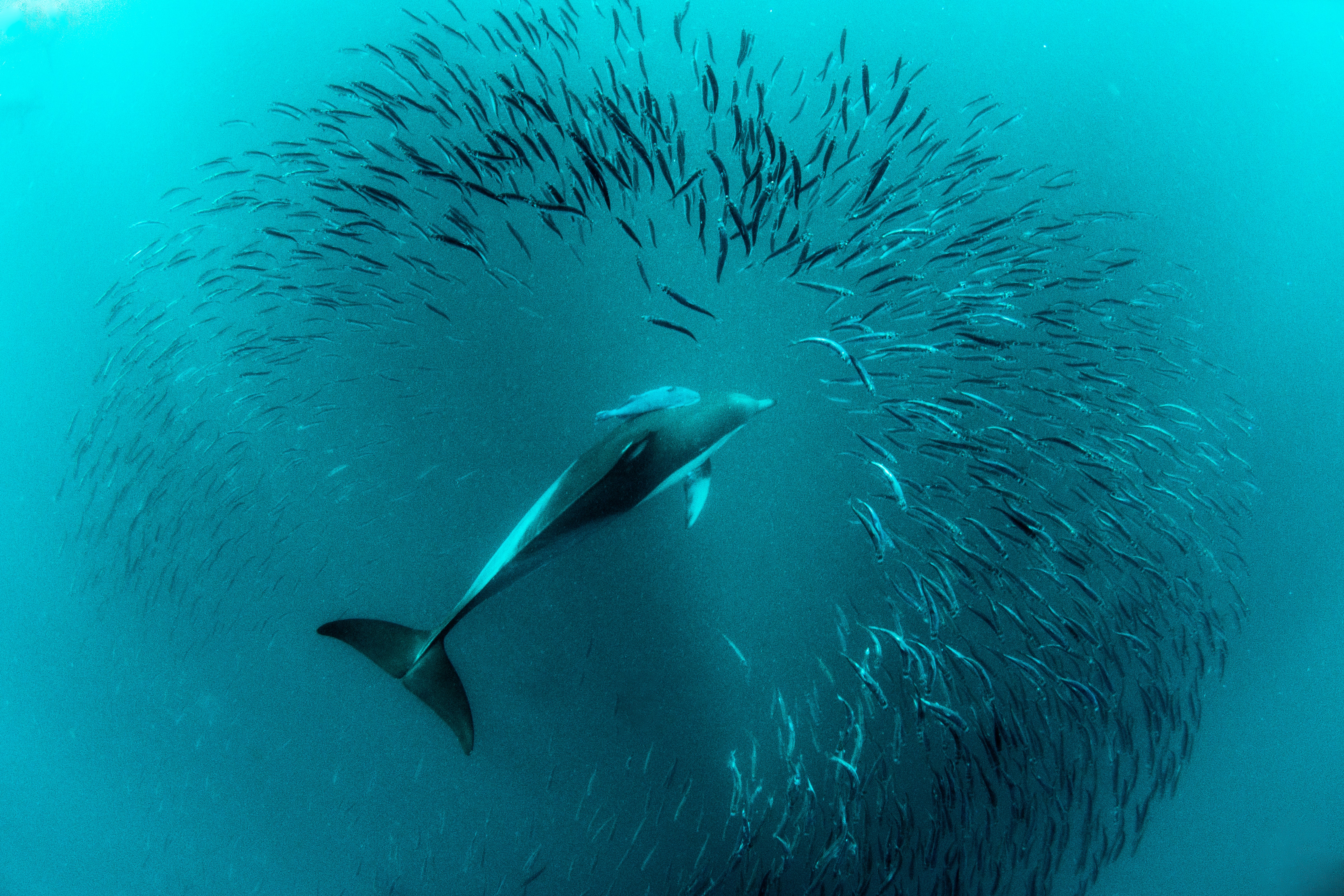
Location: South Africa
When to Witness: May to June
Every year, a magnificent natural spectacle happens on the South African coast. Massive schools of sardines migrate along the South African coast, creating a feeding frenzy for predators like dolphins, sharks, and birds in a breathtaking display orchestrated by Mother Nature herself.
The KwaZulu-Nata Sardine Run, often called “The Greatest Shoal on Earth”, is one of the most spectacular animal migrations you could ever see. It’s is caused by the gradual shift to winter in the Southern Hemisphere, when coastal waters gradually cool to temperatures below 22 degrees Celsius (71.6 degrees Fahrenheit), expanding the suitable habitats for sardines to navigate.
The Caribou Migration
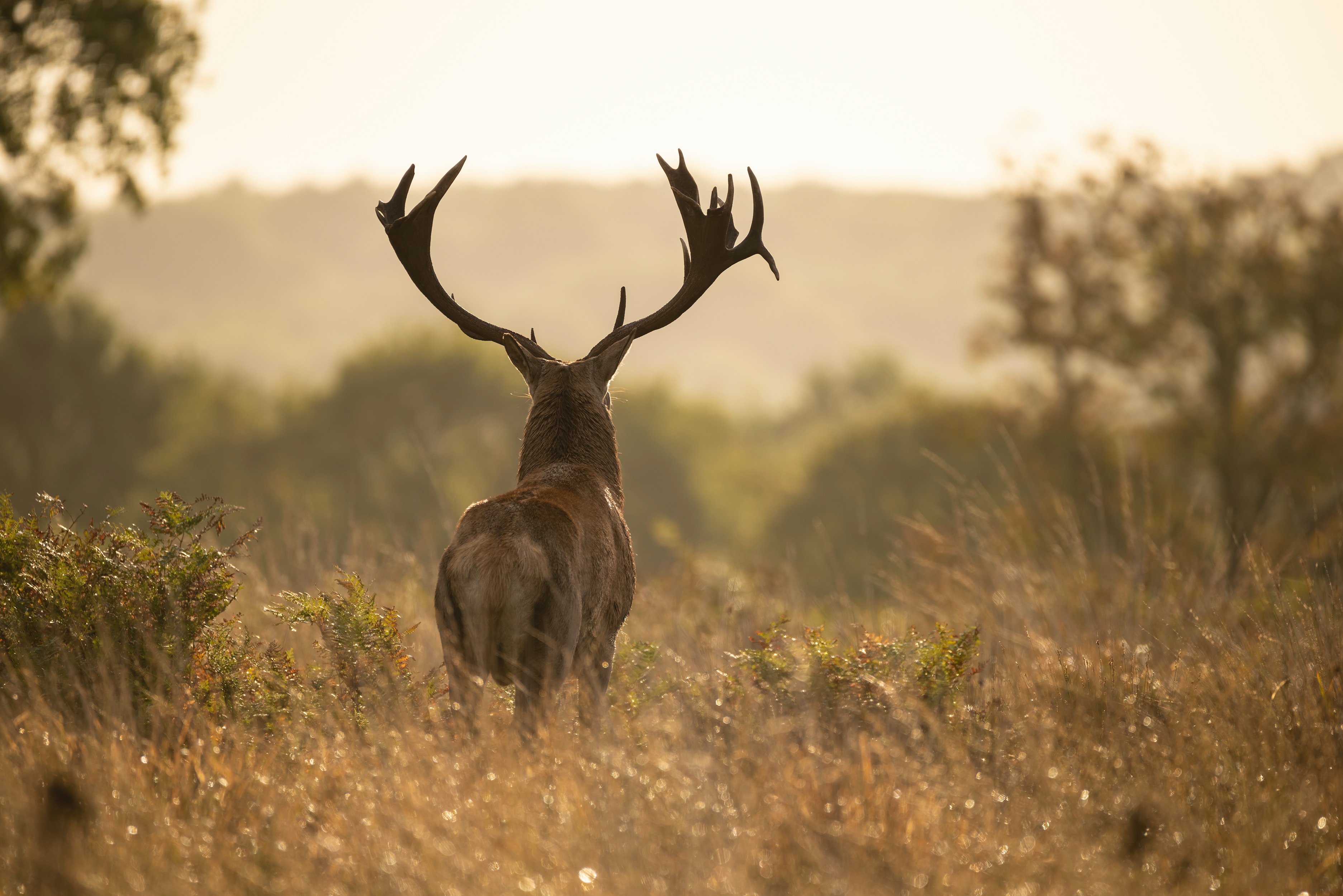
Location: Arctic tundra, North America
When to Witness: Autumn and spring
While the Arctic Tern holds the record for longest migration by air, the Caribou holds the record for longest land migration, with some herds covering over 3,000 miles in a year. Remarkably, one exceptional caribou holds the record, traversing a staggering 2,700 miles within a year! That’s like walking the entire Appalachian Trail – a lifetime achievement for a human. Just another day in the life of a caribou.
You may also like: Six Alaskan Animals you never thought you’d see
These astounding animal migrations remind us of the resilience and determination of Earth’s creatures. From the delicate flutter of monarch butterflies to the thundering hooves of wildebeests, each migration tells a unique story of survival and adaptation. To witness these incredible events is to witness nature’s grandeur in its purest form.
